In the deep, tangled web of the jungle, survival isn’t just a matter of brute force or raw speed. It’s a mind game, a test of wits, where the most cunning often triumph. These masters of manipulation have turned the art of deception into a survival strategy, wielding psychological tricks that are as fascinating as they are effective. From the stealthy to the flamboyant, these creatures have honed their tactics to outsmart predators, prey, and sometimes even each other.
Below is a curated list of the most surprisingly savvy tacticians in the jungle. These creatures aren’t just about teeth and claws; they’ve got brains and they know how to use them. Let’s dive into the wild world of jungle psychological warfare.
1. The Cunning Chameleon
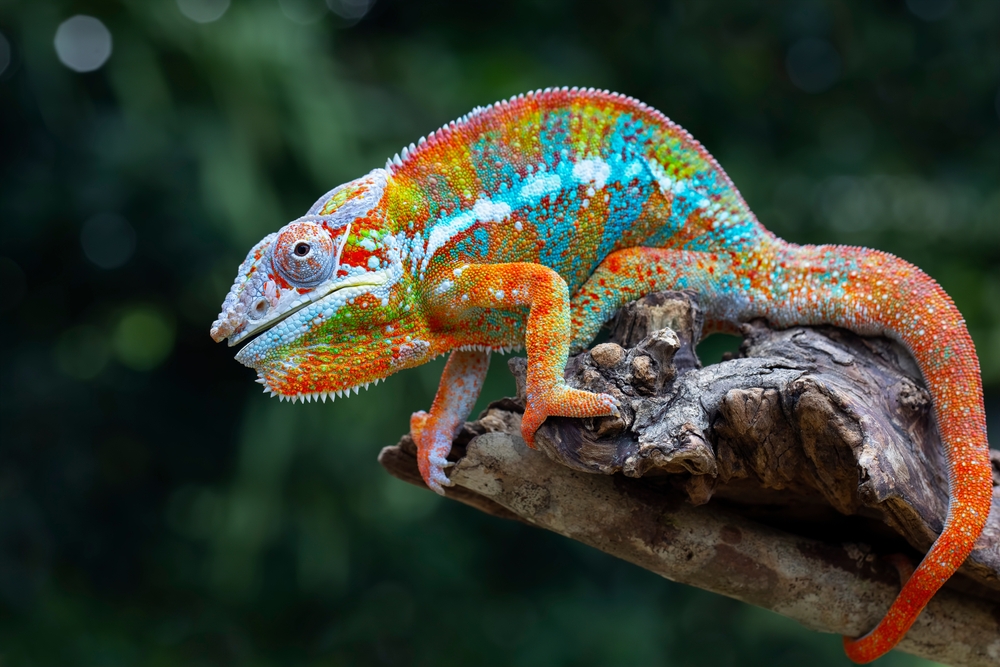
Chameleons are nature’s shape-shifters, blending into their surroundings with an uncanny ability that borders on magic. But their color-changing prowess isn’t just for avoiding predators. It’s a multifaceted communication tool that allows them to express emotions, intimidate rivals, and even attract mates. According to a study published by National Geographic, chameleons can communicate complex social cues through their color changes, turning these reptiles into master manipulators.
Their color transformations can also trigger psychological reactions in both predators and prey. A sudden flash of bright color can startle an attacker or throw a competitor off balance. The chameleon’s ability to seemingly disappear and reappear at will can make them seem almost otherworldly, adding a layer of mystique and fear. This psychological edge is what keeps them a step ahead in the jungle’s brutal game of survival.
2. The Sneaky Leaf-Tailed Gecko
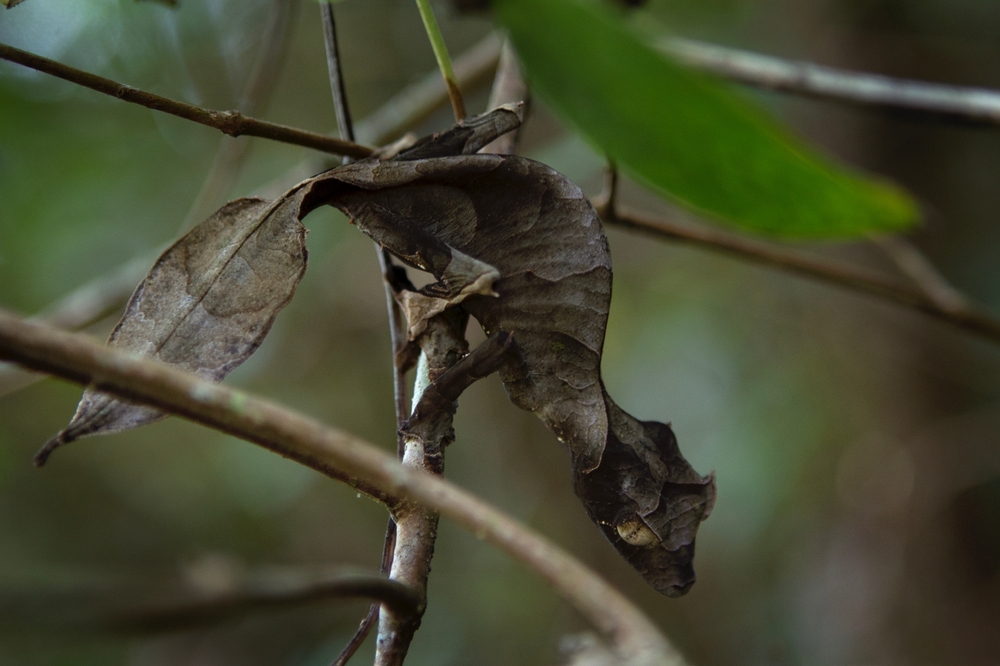
The leaf-tailed gecko is the reigning champion of camouflage, effortlessly disappearing into the backdrop of the jungle. This little reptile takes mimicry to another level, with its body resembling a decaying leaf to avoid detection. Its ability to blend seamlessly into its environment is not just for protection but is a form of psychological warfare that confuses predators and allows it to ambush unsuspecting prey.
By looking like a harmless piece of foliage, the leaf-tailed gecko lulls both predator and prey into a false sense of security. This deception creates a psychological advantage, buying it precious moments to escape or attack. Its natural design is so convincing that even the keenest eyes can be fooled, making it a formidable player in the jungle’s game of hide and seek.
3. The Intimidating Harpy Eagle
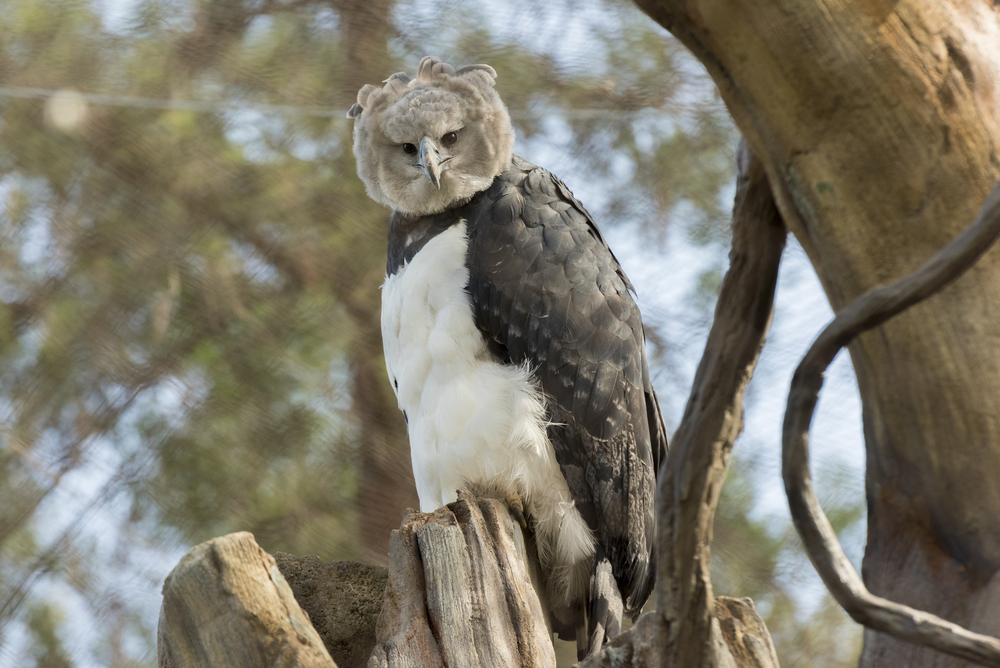
The harpy eagle is not only formidable in size but also in its psychological strategy. With talons as large as a grizzly bear’s claws, this apex predator uses intimidation as a primary tool, according to the American Bird Conservancy. Its mere presence can send shivers down the spine of any jungle inhabitant. Yet, it’s not just the physical attributes that make the harpy eagle a master of psychological warfare.
The eagle’s gaze is piercing and calculating, often enough to make potential prey freeze in fear. This psychological paralysis gives the eagle an edge, allowing it to swoop in for the kill. The harpy eagle’s ability to project such sheer dominance ensures that it remains at the top of the food chain, a testament to the power of mind games in the animal kingdom.
4. The Trickster Mimic Octopus
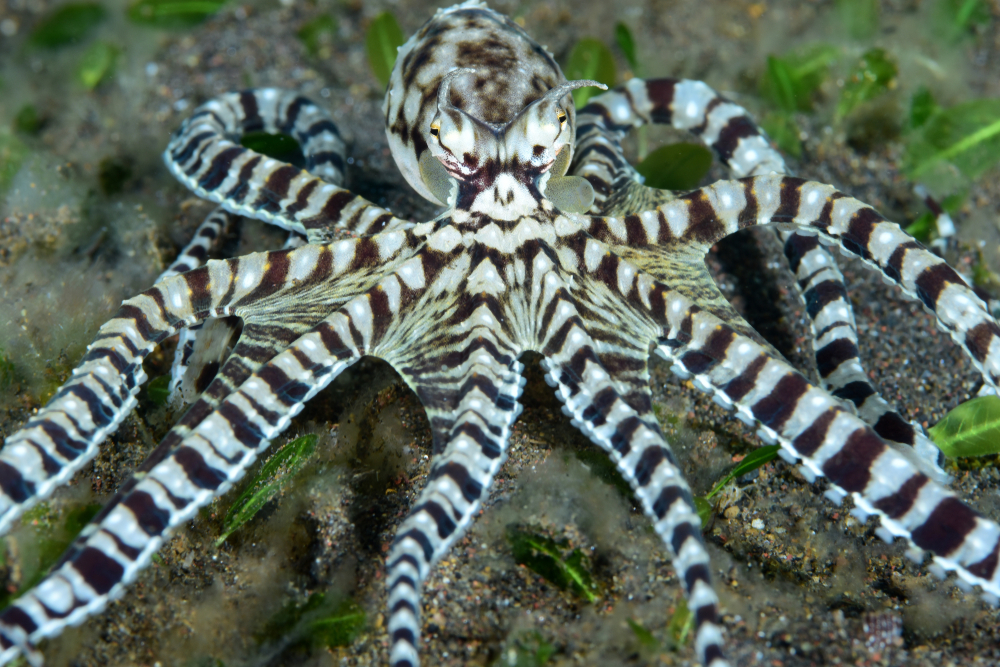
The mimic octopus is an underwater illusionist, capable of impersonating a variety of sea creatures to avoid predators. This chameleon of the sea can contort its body and change its coloration to resemble more dangerous animals like lionfish or sea snakes. This ability to mimic helps it outwit predators and steer clear of trouble in the murky waters of its jungle habitat.
Its shapeshifting tactics aren’t just a defensive mechanism but an elaborate psychological ploy. By impersonating venomous creatures, the mimic octopus creates a mental barrier that dissuades potential threats. This clever use of disguise allows it to navigate the perilous ocean depths with confidence, proving that sometimes brains trump brawn.
5. The Illusionist Owl Butterfly
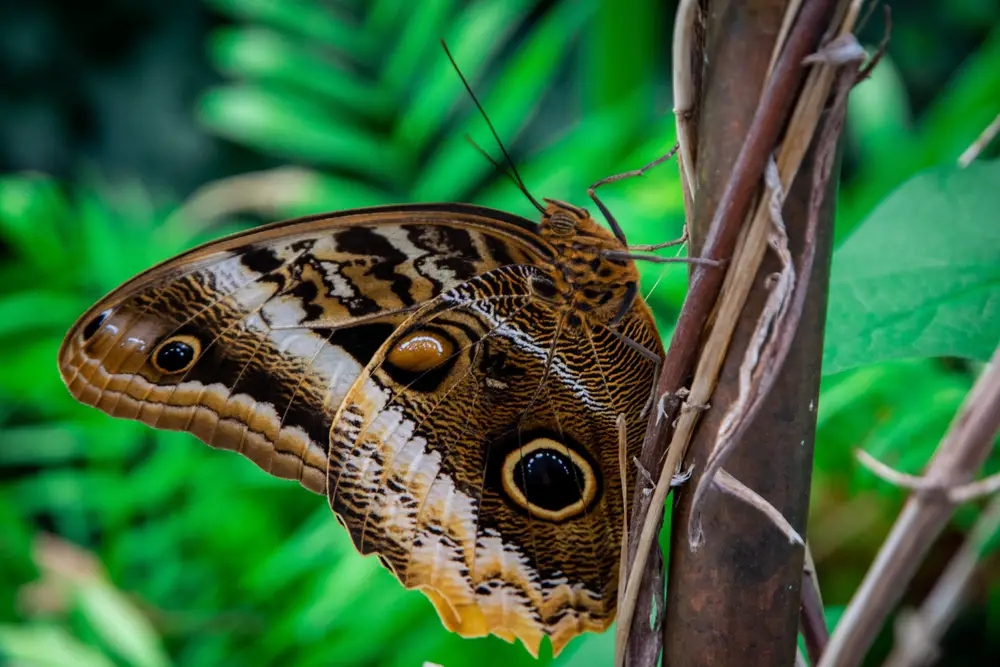
The owl butterfly is a master of deception, wielding a pair of eyespots on its wings that resemble the eyes of an owl. This clever design is not purely aesthetic but a strategic form of psychological warfare, the National History Museum confirms. When threatened, the butterfly displays its wing pattern, tricking predators into thinking they’re up against a much larger, more dangerous bird.
The illusion created by these eyespots is a brilliant way to buy time and confuse attackers. Predators hesitate, trying to make sense of the conflicting signals, which allows the butterfly to make a swift escape. This visual trickery underscores the importance of psychological tactics in the animal kingdom, demonstrating that sometimes the best defense is a good masquerade.
6. The Hypnotic Green Vine Snake
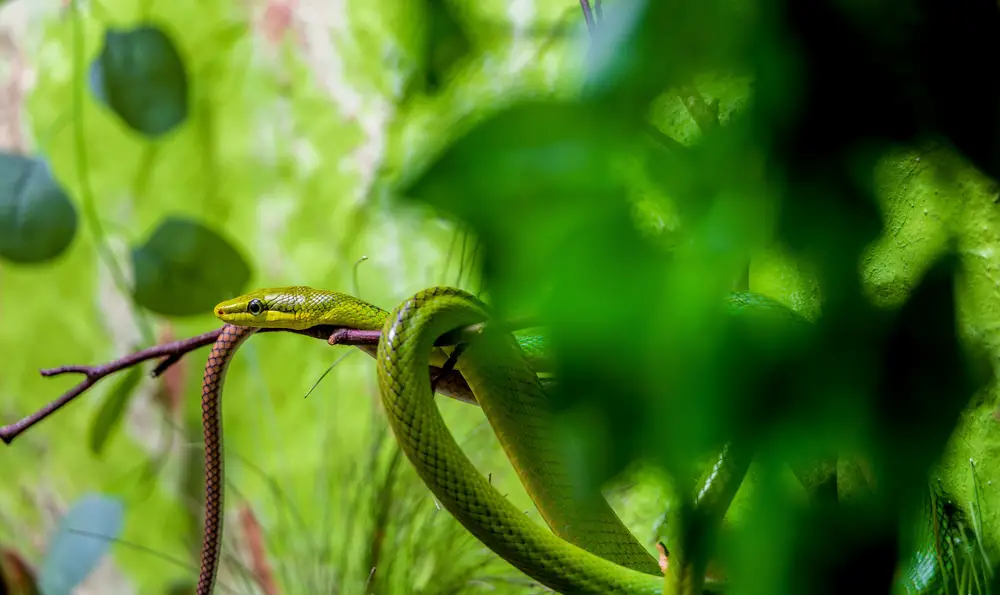
The green vine snake is a slender, elongated reptile that relies on its hypnotic gaze and sinuous movements to unsettle both foes and prey. Its bright emerald hue allows it to blend seamlessly with the jungle canopy, where it basks motionless, waiting for the right moment to strike. Yet, it is the snake’s piercing stare that truly sets it apart as a psychological strategist.
When threatened, the green vine snake will fix its unblinking eyes on an intruder, slowly swaying its body in a mesmerizing dance. This hypnotic behavior can disorient and intimidate, providing a crucial moment of hesitation. It renders both predator and prey momentarily paralyzed, giving the snake a decisive advantage in the high-stakes game of survival.
7. The Deceptive Orchid Mantis
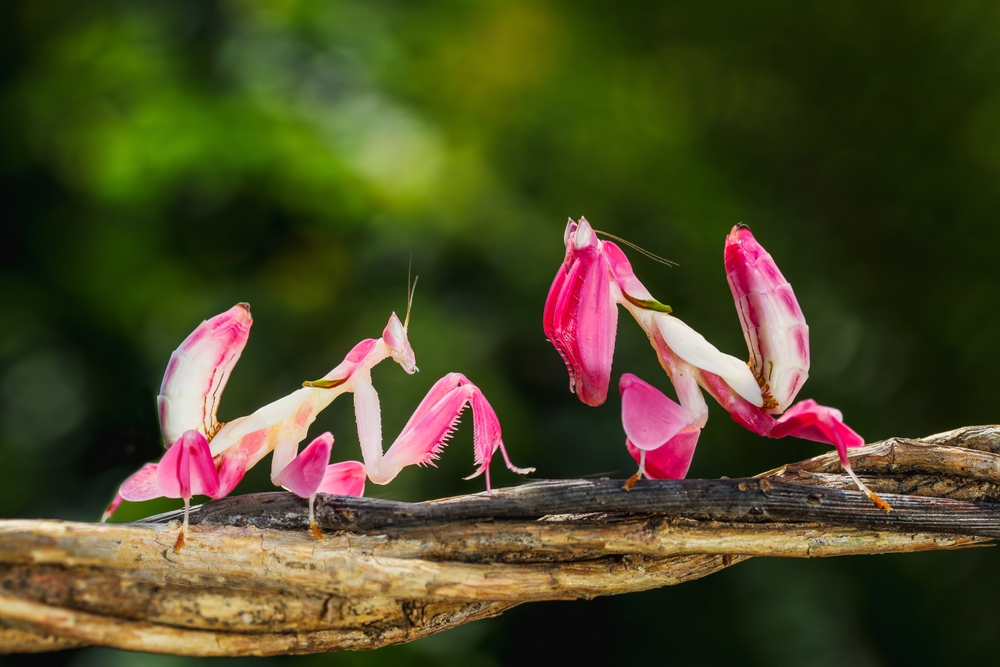
The orchid mantis is a floral mimicry marvel, designed by nature to look like a delicate blossom. This guise lures pollinators and unsuspecting insects in for what they assume is a harmless landing. The mantis remains perfectly still, blending into the floral landscape and executing its psychological trap with precision. When the time is right, it strikes with lightning speed, turning the tables on its would-be visitors.
This extraordinary form of mimicry is a testament to the mantis’s strategic prowess. By masquerading as something benign and beautiful, it manipulates the expectations of its prey. This allows the orchid mantis to exploit the trust of its victims, proving that the jungle’s theater of deception is as deadly as it is captivating.
8. The Mesmerizing Blue Morpho Butterfly
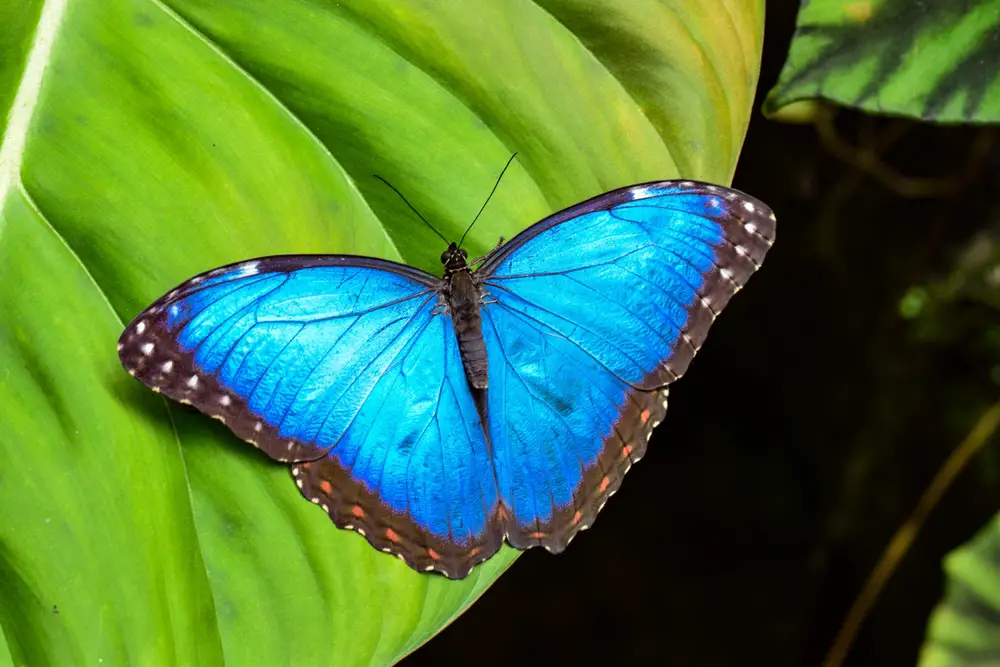
The blue morpho butterfly is renowned for its iridescent wings, which create a dazzling optical illusion. As it flutters through the jungle, its wings appear to flicker and vanish, making it difficult for predators to track. This optical trickery is a form of psychological warfare, confusing would-be attackers and leveraging the power of illusion for survival.
Its ability to mesmerize isn’t just about evasion; it’s a strategic advantage that allows the butterfly to navigate its environment with relative safety. The flickering effect creates a sense of unpredictability, disorienting predators and allowing the blue morpho to escape. This manipulation of light and perception makes it a standout in the jungle’s complex game of hide and seek.
9. The Persuasive Archerfish
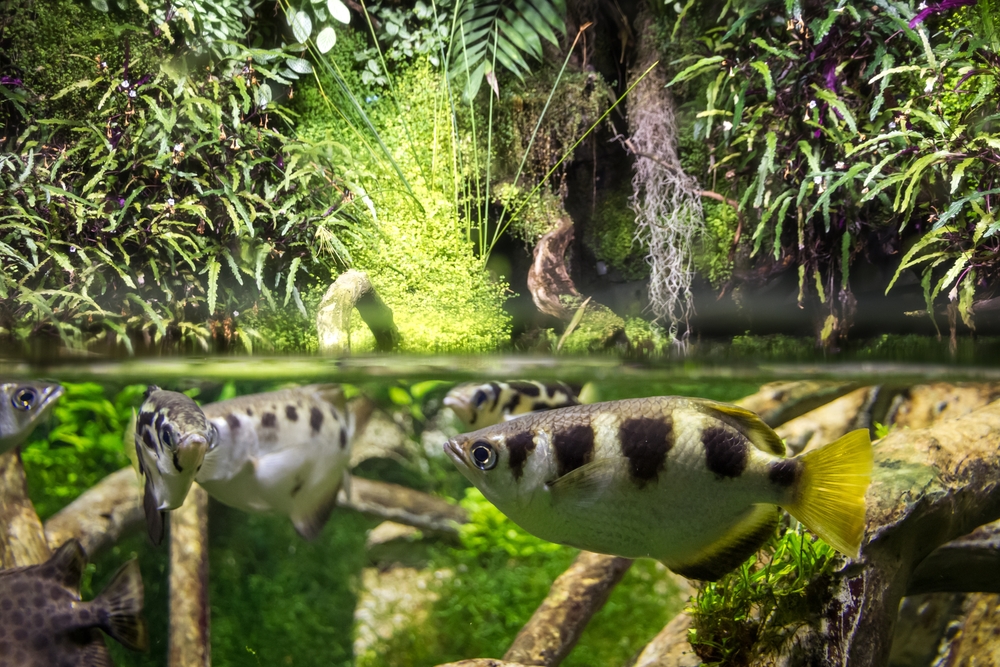
The archerfish is a sharpshooter of the aquatic world, using jets of water to knock insects out of the air. But its skill extends beyond marksmanship; it’s a calculated psychological ploy that exploits the insect’s false sense of security. Prey flying above the water’s surface seldom expect an attack from below, making the archerfish’s ambush particularly effective.
This unexpected assault plays on the psychological assumption that danger is not imminent. By turning the tables on unsuspecting prey, the archerfish demonstrates that surprise and strategy are its most potent weapons. This clever underwater hunter capitalizes on the element of surprise, reminding us that in the jungle, appearances can be deceiving.
10. The Manipulative Trapdoor Spider

The trapdoor spider is a master of architectural deceit, constructing a camouflaged burrow with a hidden lid. This setup creates a psychological ruse for unsuspecting prey, who wander too close to what appears to be a safe area. With lightning-fast precision, the spider launches from its concealed position to capture its meal.
This ambush strategy relies on the element of surprise, exploiting the prey’s lack of awareness. The trapdoor spider’s cunning use of camouflage and timing makes it a formidable predator in the jungle’s dense terrain. By turning a simple hole into a deadly trap, it showcases the art of psychological manipulation in its purest form.
11. The Scintillating Lantern Bug
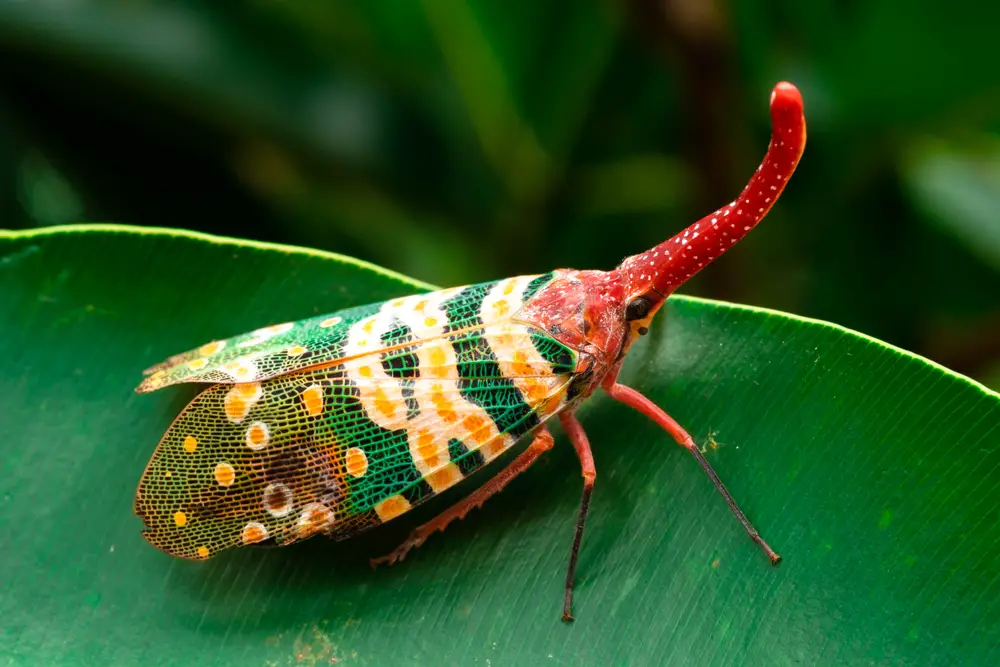
The lantern bug is known for its vibrant, glowing head, which resembles a tiny lantern in the jungle’s darkness. This bioluminescence isn’t just for show; it’s a strategic tool that confuses predators and attracts prey. The light emitted can dazzle and disorient, creating a psychological smokescreen that allows the lantern bug to maneuver safely through the night.
Its ability to manipulate light and perception turns the lantern bug into a creature of intrigue and deception. By using its glow to create an aura of mystery, it ensures its survival amidst the jungle’s nighttime predators. This luminous display underscores the power of psychological tactics in the animal kingdom.
12. The Unsettling Assassin Bug
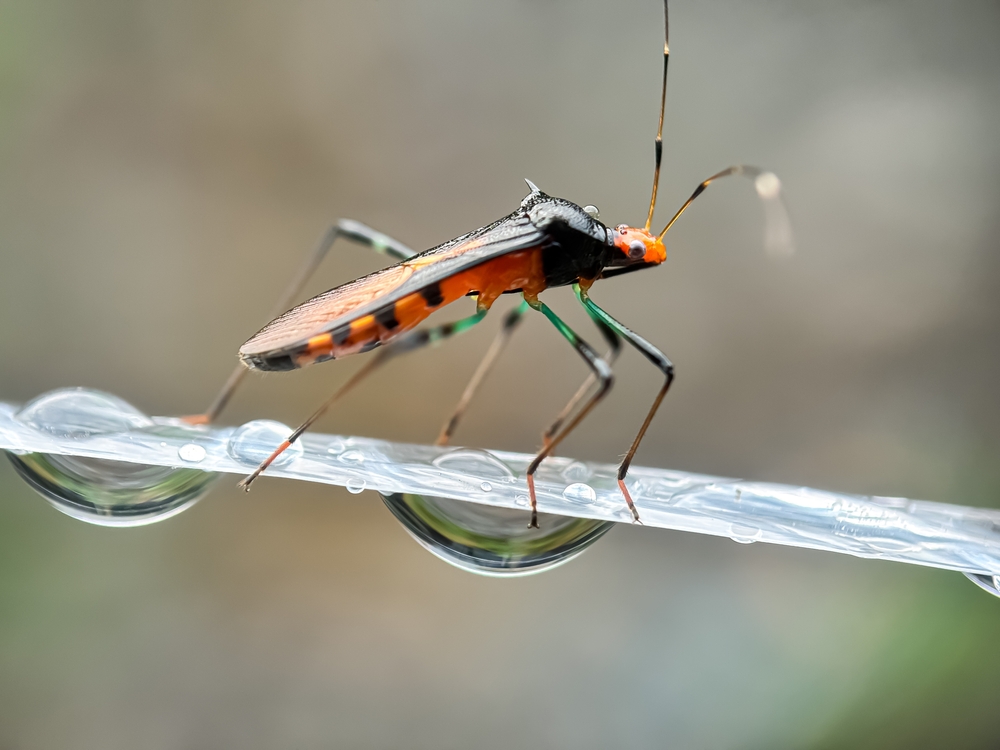
The assassin bug is a fearsome predator that employs a gruesome psychological tactic to deter threats and hunt prey. By attaching the remains of its victims to its body, it creates a macabre disguise that serves multiple purposes. This grisly display can intimidate potential predators and lure in unsuspecting prey, turning fear and revulsion into powerful allies.
The use of its victims’ remains as a disguise is a chilling form of mimicry that highlights the jungle’s brutal reality. By psychologically unsettling those around it, the assassin bug carves out a niche as an apex predator. Its menacing presence is a stark reminder of the lengths creatures will go to survive in the wild.
13. The Crafty Frill-Necked Lizard
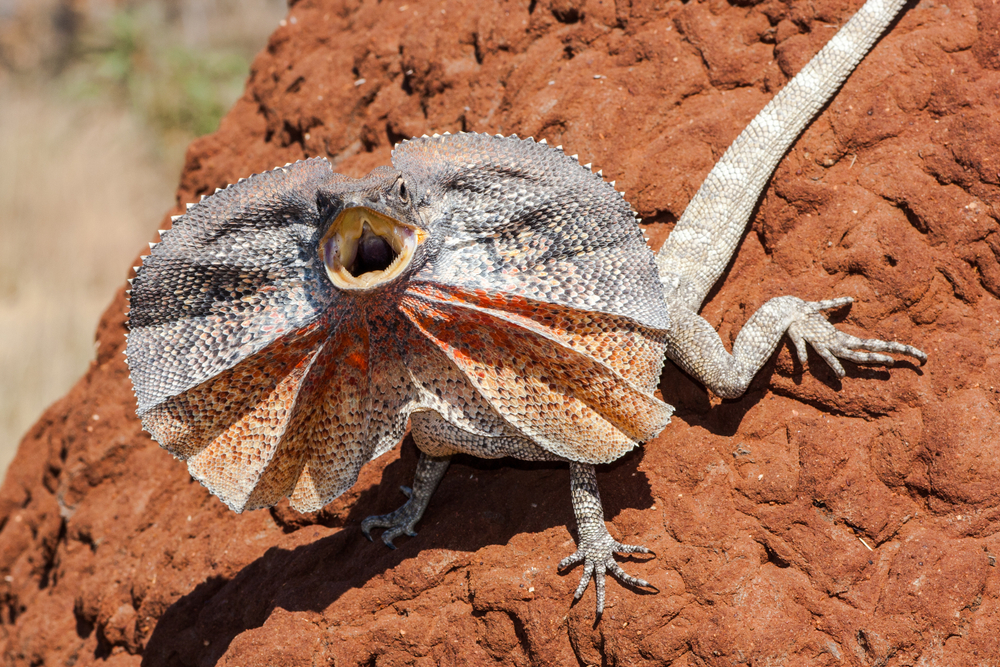
The frill-necked lizard is famous for its dramatic display, unfurling a wide, colorful frill around its neck to intimidate threats. This sudden transformation is a psychological tactic, meant to startle and confuse predators, giving the lizard a chance to escape. The unexpected display creates a moment of hesitation, which can be the difference between life and death.
By using its frill to appear larger and more threatening, the lizard taps into innate predator instincts of caution. This clever use of visual exaggeration showcases the power of psychological manipulation in the animal kingdom. The frill-necked lizard’s theatrical approach to self-defense is an effective and fascinating adaptation in the jungle’s endless struggle for survival.
14. The Enigmatic Glass Frog
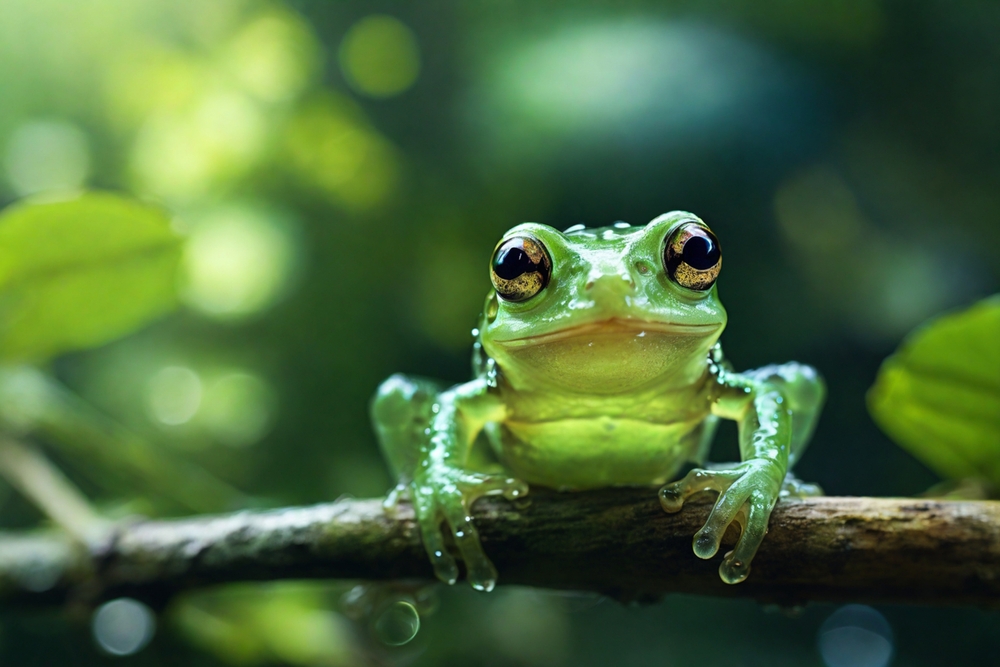
The glass frog is an ethereal creature, with translucent skin that reveals its internal organs. This unique adaptation isn’t just a biological curiosity; it’s a psychological strategy to avoid detection. By becoming almost invisible against the rainforest’s canopy, it confuses predators and reduces its chances of being caught.
The glass frog’s transparency is a form of stealth that capitalizes on the jungle’s dappled light and shadows. This ability to seemingly vanish into thin air provides a significant survival advantage. It’s a testament to the power of invisibility as a psychological tool in the jungle’s diverse ecosystem.
15. The Scheming Electric Eel

The electric eel is an electrifying presence in the jungle’s waterways, using electricity to stun prey and deter predators. Its ability to deliver a jolt creates a psychological intimidation that few dare challenge. This bioelectric prowess allows the eel to establish dominance without a physical confrontation, making it a master of mind games.
The fear of an electric shock keeps potential threats at bay, ensuring the eel’s place in the food chain. This power to manipulate the jungle environment with electricity underscores the importance of psychological tactics in nature’s survival playbook. The electric eel’s shocking strategy is a stark reminder of the jungle’s unpredictable and awe-inspiring inhabitants.
